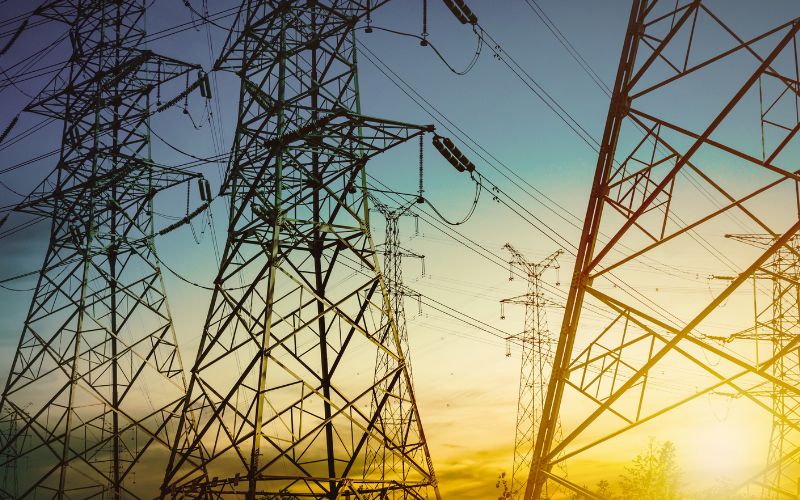National Electricity Plan (Transmission) aims to revamp India’s power grid to accommodate a major expansion in green power by 2032.
Oct 16, 2024

The Government of India has prepared a detailed National Electricity Plan (Transmission) in consultation with various stakeholders. This plan aims to increase the installed capacity of renewable energy to over 600 GW by 2032, entailing an investment of INR 9.15 lakh crore.
Union Minister Manohar Lal was present with various dignitaries during the two-day brainstorming session held on Oct 14-15, 2024.
Watch: RR Kabel | Solar Cables | Solar Plant | Renewable Energy
As per the National Electricity Plan, over 1,91,000 ckm of transmission lines and 1270 GVA of transformation capacity will be added by 2031-32 (at 220 kV and above voltage level), in addition to 33 GW of HVDC bi-pole links. The plan also intends to develop 47 GW battery energy storage systems and 31 GW pumped storage plants, as well as increase the inter-regional transmission capacity to 168 GW by 2032, from the current 119 GW.
The NEP also provides layout for power transmission to Green Hydrogen/Green Ammonia manufacturing hubs situated in coastal locations like Mundra, Kandla, Gopalpur, Paradeep, Tuticorin, Vizag, and Mangalore, as well as cross-border interconnections with Nepal, Bhutan, Myanmar, Bangladesh, Sri Lanka. It further revealed probable interconnections with Saudi Arabia and the UAE.
Also Read: Polycab India Powers Mumbai’s First Underground Metro Line
The government has proposed introducing new technology options in the transmission sector like hybrid substations, monopole structures, insulated cross arms, dynamic line rating, and high performance conductors, along with the upgradation of maximum operating voltage to 1200 kV AC, and skill development programmes in the transmission sector.




